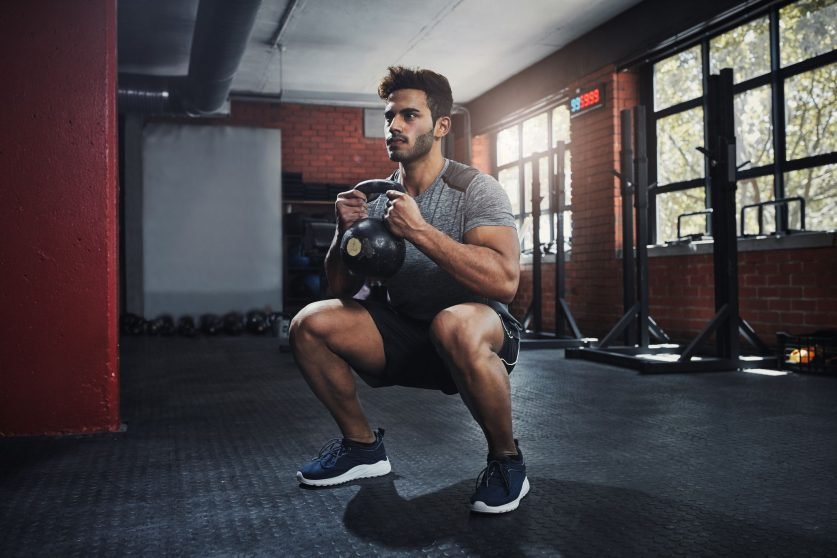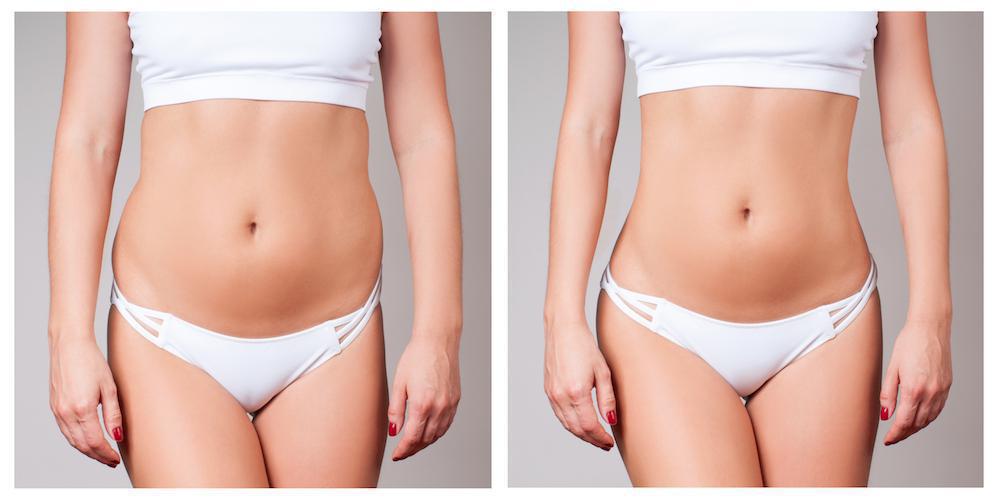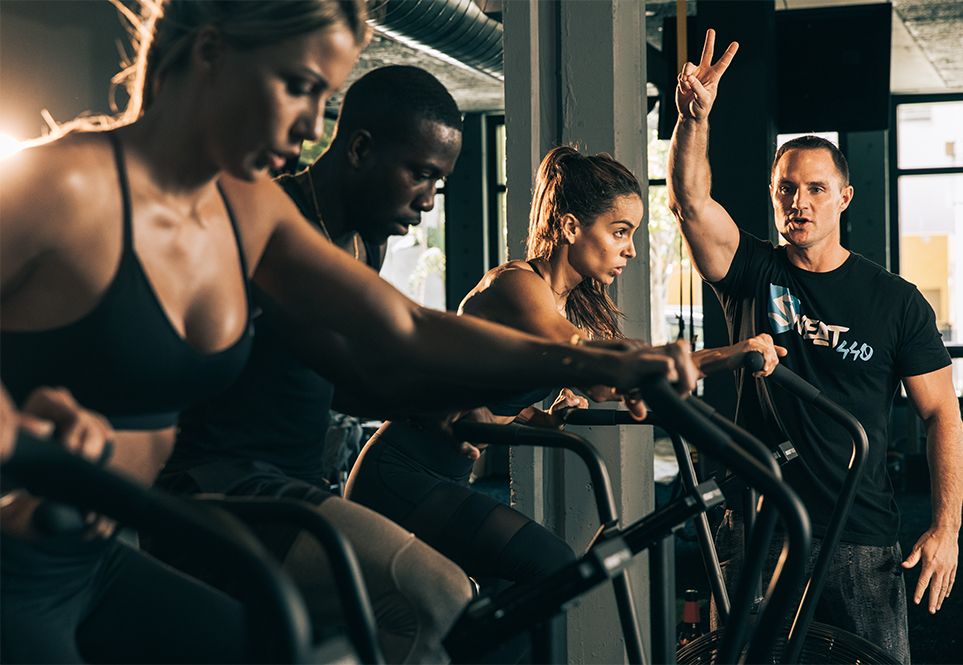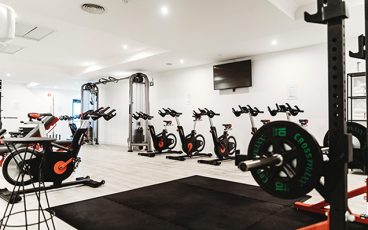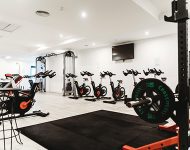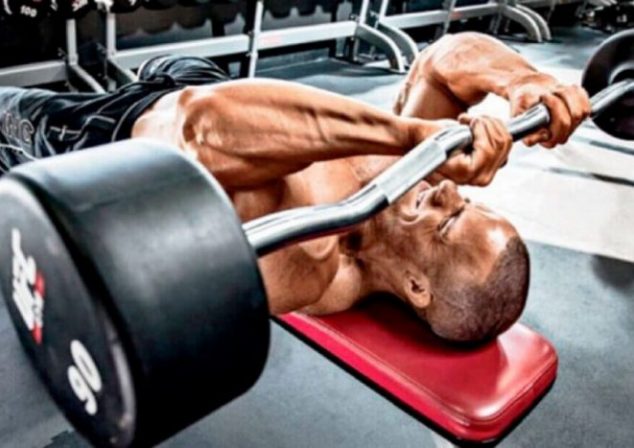
Getting stronger through any exercise requires focus, dedication, and patience. This also applies to the popular French press workout, which can be use to increase strength in all parts of your body, including your shoulders, arms, back, and legs. It’s an effective full-body exercise that many people overlook because it’s not as flashy as more mainstream weightlifting exercises like squats or bench presses. In this article, you’ll learn how to do the French press properly and safely so you can get started on your own French press workout routine today!
The benefits of using only your body weight
For many of us, resistance training can be intimidating. Going to a gym and lifting weights surrounded by people who seem as if they know what they’re doing (and probably do) can put us off from trying new exercise moves. But body weight workouts are one thing that you don’t need anything but your own body to do, making them accessible for just about anyone in any setting. And while it’s true that having a home gym and fancy equipment might help you reach your goals faster, there are lots of benefits to be had from putting in time and effort at home without any gear whatsoever—resistance training being one of them.
How much weight do you need?
If you’re not sure how much weight you should be using, we suggest starting with less than you think. The French press exercise is going to challenge your strength, so it’s best to err on the side of less and work up from there. We recommend keeping track of each set and looking at how long it takes you get through 5-10 repetitions. As you build endurance and add more weight, that time will decrease. If your sets last over 30 seconds each, however, your weight is too heavy for these exercises.
What exercises can I use in my workout?
Exercise your chest and triceps by gripping both handles of your French press and pushing them up together. Keep going until you’ve completely extended your arms, then lower back down to starting position. Once you’re in decent shape, try adding resistance bands around each handle for an even more intense workout. If you really want a challenge, do decline presses—wherein you push up from below instead of above—or overhead presses. But be careful—you can injure yourself if you don’t know what you’re doing! Make sure that any time that you are doing French press exercises or other pressing movements that have great resistance potential on your joints such as full squats or dumbbell bench presses, take plenty of breaks so that they can properly recover and strengthen.
Rep Ranges, Rest Intervals, Sets, and Frequency
To make sure you’re pushing your body hard enough, aim for eight reps per set on average. Rest 30-90 seconds between sets so you can lift as heavy as possible, and perform three or four total sets of each exercise. A good approach is one high-rep set (8-12), two medium-rep sets (4-6), and one low-rep set (2 or 3). Every workout should look like that example.
Frequently Asked Questions
With any new exercise, people tend to have more questions than answers. What equipment do I need? How often should I work out? Will I get sore? What will it do for me? And many more. Today, we’re going to answer some of these common questions about French press workouts and provide you with answers that are specific to your fitness level and goals. The general idea behind a French press workout is fairly simple: You use your body weight as resistance against gravity during basic calisthenics movements like push-ups, squats, pull-ups and dips.
0 Comments 1566 Views
YOU MAY ALSO LIKE
share
About me

Health And Healthy Tips is Free health blog, If you wish to be part of this blog and want to conribute contents which are interesting for our readers, please contact us.
CATEGORY
- Beauty (19)
- BUSINESS (3)
- Dental Care (187)
- Eye Care (12)
- Fitness (23)
- Healthy Life (179)
- Men's (10)
- Women's (12)


